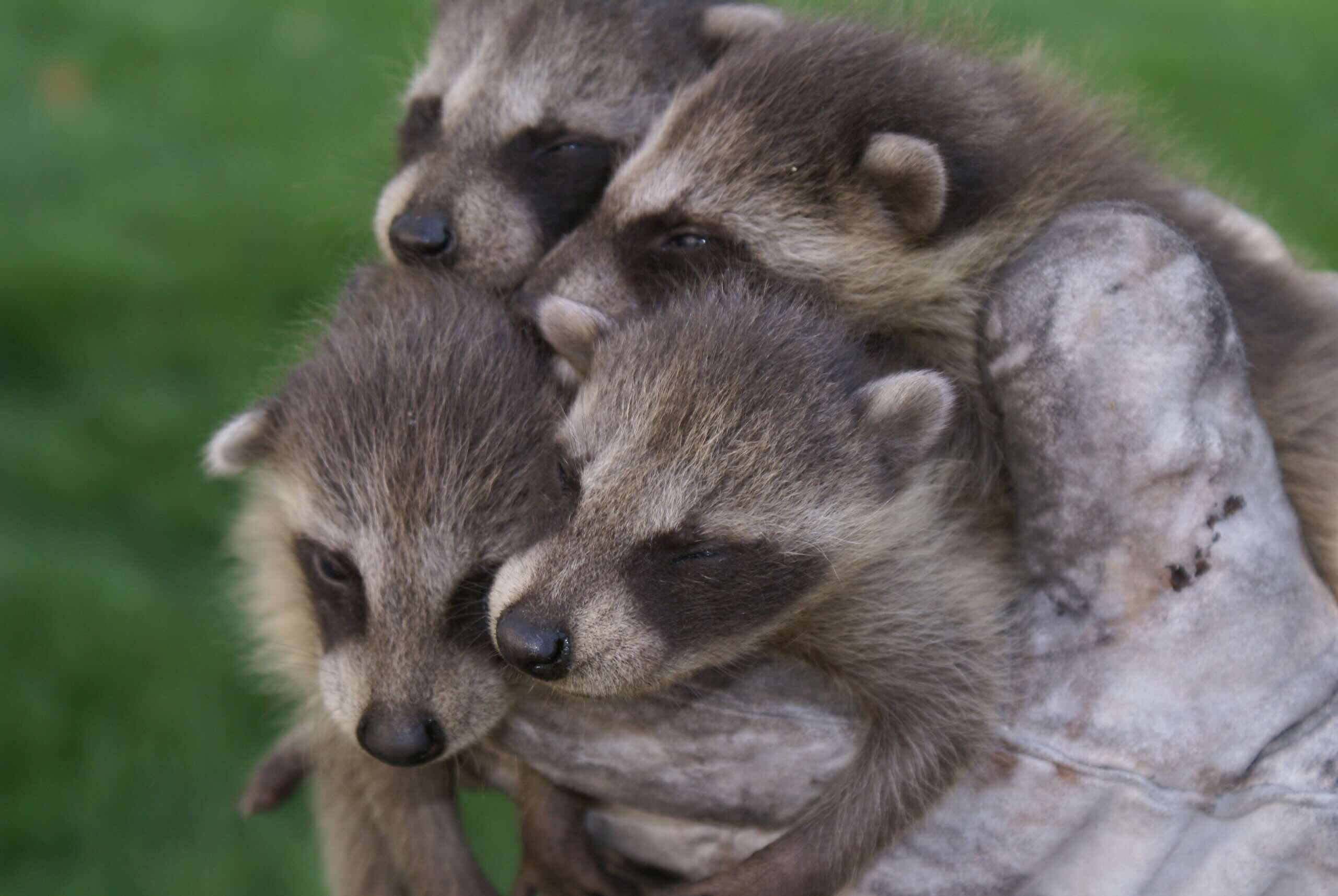

Articles
What Do Raccoons Sound Like In The Attic
Modified: December 7, 2023
Discover what raccoons sound like in the attic with articles that provide valuable insights and useful tips for dealing with these nocturnal intruders.
(Many of the links in this article redirect to a specific reviewed product. Your purchase of these products through affiliate links helps to generate commission for Storables.com, at no extra cost. Learn more)
Introduction
Raccoons are fascinating creatures known for their mischievous behavior and distinctive markings. While they may be cute and curious in the outdoors, encountering them inside your attic can cause quite a disturbance. One of the telltale signs of raccoons taking up residence in your attic is the noises they make.
Identifying and understanding the sounds raccoons make in the attic is essential for effective removal and prevention strategies. In this article, we will explore the various noises that raccoons produce, how to differentiate them from other animal noises, and the potential risks associated with a raccoon infestation. Additionally, we will provide tips for safely getting rid of raccoons in the attic and preventing future infestations.
So, if you’ve been hearing strange sounds coming from your attic, buckle up and prepare to learn all about what raccoons sound like in the attic!
Key Takeaways:
- Identifying raccoon noises in the attic, such as scratching, gnawing, and vocalizations, is crucial for prompt removal. Understanding their behavior and seeking professional help can ensure a safe and effective resolution.
- Prevention is key in avoiding raccoon infestations in attics. Implementing measures like sealing entry points, securing trash cans, and regular inspections can significantly reduce the risk of raccoons making your attic their home.
Read more: What Do Mice In The Attic Sound Like
Identifying Raccoon Noises in the Attic
When raccoons take up residence in your attic, they can create a variety of noises that may sound strange and unsettling. By familiarizing yourself with these sounds, you can quickly identify if you have raccoons as unwanted guests.
Here are some common raccoon noises you may hear in your attic:
- Scratching and thumping: Raccoons are skilled climbers, and their movements in the attic can result in scratching sounds as they traverse surfaces. You might also hear thumping noises as they jump or move around.
- Gnawing and chewing: Raccoons have strong teeth and may gnaw on wood, wires, or insulation in your attic. These sounds can be loud and persistent.
- Vocalizations: Raccoons can make a range of vocal sounds, including chattering, growling, hissing, and whining.
- Pitter-patter of footsteps: Raccoons have distinctive feet with long, agile toes. Their footsteps may sound like a series of light taps or a soft pitter-patter.
It’s important to note that raccoons are primarily nocturnal animals, so you are more likely to hear these noises during the night or early morning. If you suspect raccoons in your attic, listen carefully during these times to confirm their presence.
However, keep in mind that raccoon noises may also be heard in other areas of your home, such as chimneys, walls, or crawl spaces. Thus, it is crucial to investigate the source of the sounds to accurately determine if you have raccoons in your attic.
Common Sounds Made by Raccoons
Raccoons are vocal creatures that communicate through a range of sounds. Understanding these common raccoon vocalizations can help you distinguish them from other animal noises and gain insight into their behavior.
Let’s explore some of the common sounds made by raccoons:
- Chattering: Raccoons often make chattering noises, which sounds like a series of rapid clicks or clucks. This vocalization is often heard when they are feeling threatened or agitated.
- Growling: When raccoons feel threatened, they may emit a low and guttural growling sound. This signifies their attempt to establish dominance or warn of potential danger.
- Hissing: Raccoons hiss as a defensive mechanism to scare off predators or intruders. This sound resembles a prolonged S-shape hiss and is often accompanied by bared teeth.
- Whining: Raccoons may produce whining sounds, especially when they are in distress or seeking attention. This soft and plaintive vocalization is often heard from baby raccoons.
- Screaming: During mating season or territorial disputes, raccoons may emit a series of high-pitched and eerie screams. This sound can be quite loud and alarming.
These sounds can vary in intensity, duration, and frequency depending on the situation and the individual raccoon. It’s important to keep in mind that while raccoons are generally not aggressive towards humans, they can become defensive if they feel cornered or threatened. Therefore, it’s best to avoid approaching or provoking raccoons, especially in confined spaces like an attic.
By familiarizing yourself with these common raccoon sounds, you will be better equipped to identify if the noises you are hearing in your attic are indeed caused by raccoons.
Vocalizations of Raccoons in Attics
Raccoons are not only known for their physical activities but also for their vocalizations, especially when they take up residence in attics. Understanding these vocalizations can provide insights into raccoon behavior and help in determining the presence of raccoons in your attic.
Here are some vocalizations that raccoons may make in attics:
- Chattering: Raccoons often chatter when they are startled, threatened, or trying to establish dominance. This sound consists of rapid and high-pitched clicks or clucks. Chattering is commonly heard during conflict situations and territorial disputes.
- Growling: Growling is a low and deep vocalization made by raccoons when they feel threatened or cornered. It is a warning sign that indicates the raccoon may attack if provoked further. If you hear growling in your attic, it’s important to keep your distance and seek professional assistance.
- Squealing: Baby raccoons, also known as kits, can produce high-pitched squealing sounds when they are hungry, scared, or seeking attention. These sounds are typically softer and more plaintive compared to those made by adult raccoons.
- Purring: Yes, raccoons can purr! Similar to cats, raccoons may purr as a sign of contentment or relaxation. You might hear this soft and rhythmic sound when raccoons are resting or grooming themselves in the attic.
- Screeching: Screeching is a high-pitched and piercing vocalization made by raccoons during mating season or when they are in severe distress. It is a signal of intense emotions and should be taken seriously.
Keep in mind that each raccoon is unique, and their vocalizations may vary in pitch, duration, and intensity. It’s also important to note that raccoons are primarily nocturnal, so these vocalizations are more likely to be heard during nighttime hours.
If you suspect raccoons in your attic, it is advisable to consult with a professional wildlife removal service. They have the experience and tools to safely handle raccoon infestations and ensure the well-being of both you and the raccoons.
Differentiating Raccoon Noises from Other Animal Noises
When it comes to identifying the noises in your attic, it can sometimes be challenging to differentiate between raccoon sounds and those made by other animals. However, there are a few key factors that can help you distinguish raccoon noises from noises made by other creatures.
Here are some tips for differentiating raccoon noises from other animal noises:
- Size and weight of the animal: Raccoons are medium-sized animals, typically weighing between 10 to 30 pounds. If the noises in your attic are loud, heavy, and cause significant thumping or movement, it’s more likely to be a raccoon rather than a smaller animal like squirrels or mice.
- Pattern and timing of the noises: Raccoons are primarily nocturnal creatures, meaning they are more active at night. If you hear the noises in your attic predominantly during nighttime hours, it increases the likelihood of them being caused by raccoons.
- Distinctive vocalizations: While different animals may produce scratching or gnawing sounds, raccoons have unique vocalizations like chattering, growling, hissing, and whining. If you can clearly hear these vocalizations alongside the other noises in your attic, you can be reasonably sure that raccoons are present.
- Frequency and persistence of the sounds: Raccoon noises in the attic are often more frequent and persistent than those made by other animals. If the sounds are consistently occurring over an extended period, it suggests a larger and more active presence, such as raccoons.
- Destruction and mess: Raccoons are notorious for causing damage and creating messes in attics. If you notice torn insulation, chewed wires, or scattered debris alongside the noises, it is a strong indication of raccoon activity.
If you are unsure about the source of the noises or suspect multiple animals in your attic, it is best to seek professional help. Wildlife removal experts have the necessary knowledge and experience to identify and handle different types of infestations safely and effectively.
Remember, it’s important to approach any potential animal presence in your attic with caution and prioritize your safety and the well-being of the animals involved.
Raccoons in the attic can make a variety of sounds including scratching, thumping, and chittering. If you hear these noises, it’s important to address the issue promptly to prevent damage and potential health risks.
Read more: What Do Bats Sound Like In Your Attic
Concerns and Risks of Raccoon Noises in Attics
Raccoons may seem harmless and cute from a distance, but when they take up residence in your attic, there are several concerns and risks that you should be aware of. Understanding these potential issues can help you take appropriate action to address the situation:
- Property Damage: Raccoons are known for their strong jaws and agile paws, which they use to tear through insulation, gnaw on wires, and damage structural elements of your attic. This can lead to costly repairs and potential safety hazards.
- Health Hazards: Raccoons can carry various diseases, including rabies and raccoon roundworm. Their feces and urine can contaminate the attic, posing a risk to human health. Breathing in airborne particles from dried raccoon droppings can cause respiratory issues.
- Noise Disturbance: Raccoons are active primarily during the night, which means their nocturnal activities in the attic can disrupt your sleep and overall peace of mind.
- Structural Weakness: When raccoons make your attic their home, they may create nests or dens by displacing insulation, pushing aside stored items, or damaging the structure itself. This can weaken the integrity of your attic and pose a safety risk.
- Fire Hazard: Raccoons have a tendency to chew on electrical wires, which can increase the risk of electrical malfunctions and potential fires in your home.
It’s crucial to address raccoon infestations in your attic promptly and effectively to minimize these concerns and risks. Attempting to remove raccoons on your own can be dangerous, as they can become aggressive when cornered or protecting their young. It is recommended to contact a professional wildlife removal service with experience in handling raccoon infestations safely and humanely.
Remember, prevention is key. Taking steps to seal off potential entry points and making your attic less attractive to raccoons can help avoid future infestations. Regularly inspecting your property for signs of damage or entry points and promptly addressing them can save you from the headaches caused by raccoon noises in the attic.
How to Get Rid of Raccoons in the Attic
Dealing with raccoons in your attic requires careful planning and appropriate actions to ensure a safe and effective removal process. Here are some steps you can take to get rid of raccoons in your attic:
- Assess the situation: Before taking any action, carefully assess the extent of the raccoon infestation in your attic. Determine if you’re dealing with a single raccoon or a family of raccoons.
- Consult professionals: It is highly recommended to contact a professional wildlife removal service with experience in handling raccoon infestations. They have the expertise, tools, and knowledge to safely and humanely remove raccoons from your attic.
- Live trapping: In some cases, live trapping may be necessary to remove raccoons from your attic. However, this should only be done by trained professionals to avoid causing harm to the raccoons or yourself. Never attempt to handle or transport raccoons on your own.
- Exclusion techniques: Once the raccoons have been removed from your attic, it’s important to prevent their re-entry. Seal off all potential entry points, including gaps, cracks, and openings. Use sturdy materials such as wire mesh or steel to ensure raccoons cannot force their way back in.
- Sanitize your attic: Raccoons can leave behind droppings, urine, and other messes that may carry harmful bacteria and parasites. Thoroughly clean and sanitize your attic after the raccoons have been removed. Be sure to wear protective gear, such as gloves and a mask, during this process.
- Maintain a clean and unattractive environment: To discourage raccoons from returning, keep your surroundings clean and free of food sources. Secure trash cans, remove fallen fruits or bird feeders, and trim overhanging tree branches that may provide access to your attic.
Remember, trying to handle raccoon removal on your own can be risky and potentially dangerous. It’s best to leave this task to professionals who have the skills and knowledge to handle raccoon infestations safely and effectively.
By taking prompt action and implementing preventive measures, you can ensure that your attic remains a raccoon-free zone.
Preventing Raccoon Infestations in Attics
Prevention is key when it comes to raccoon infestations in attics. By taking proactive measures, you can make your home less appealing to raccoons and greatly reduce the risk of them finding their way into your attic. Here are some tips to prevent raccoon infestations:
- Seal off entry points: Inspect your home for any potential entry points, such as gaps, cracks, or holes in the foundation, walls, or roof. Seal these openings with durable materials like wire mesh or steel to prevent raccoons from gaining access to your attic.
- Trim trees and vegetation: Raccoons are skilled climbers and can use overhanging tree branches or dense vegetation to access your attic. Trim back tree branches that are close to your house and keep vegetation away from the exterior walls to eliminate potential pathways for raccoons.
- Secure trash cans: Raccoons are attracted to food sources, and unsecured trash cans can be an easy target. Use sturdy, animal-proof trash cans with tight lids and secure them to prevent raccoons from rummaging through your garbage.
- Remove potential food sources: Keep your surroundings clean by removing fallen fruits, bird feeders, and pet food from your yard. These food sources can attract raccoons and increase the likelihood of them venturing into your attic.
- Install motion-activated lights or sprinklers: Raccoons are nocturnal creatures and dislike bright lights and sudden sprays of water. Install motion-activated lights or sprinklers near potential raccoon entry points to deter them from approaching your home.
- Regular inspections and maintenance: Conduct regular inspections of your home’s exterior to identify and address any maintenance issues or potential entry points. Stay vigilant and promptly address any signs of damage or openings that can serve as an invitation for raccoons.
Additionally, if you live in an area with a high raccoon population, consider installing a chimney cap or screen to prevent raccoons from entering through the chimney. These measures can go a long way in preventing raccoon infestations in your attic.
Remember, prevention is the best approach when it comes to raccoon infestations. By implementing these preventive measures and addressing any vulnerabilities in your home, you can significantly reduce the chances of raccoons making your attic their home.
Conclusion
Raccoons in the attic can cause a multitude of problems, ranging from property damage to health hazards. Identifying and addressing raccoon infestations in your attic is crucial to ensure the safety and well-being of your home and family.
In this article, we explored the various noises raccoons make in attics, such as scratching, gnawing, vocalizations, and footsteps. We also discussed common raccoon vocalizations, including chattering, growling, hissing, whining, and screaming.
Distinguishing raccoon noises from other animal noises is important to accurately identify the culprit and take appropriate action. We provided tips for differentiating raccoon noises and shared the concerns and risks associated with raccoon infestations, such as property damage, health hazards, noise disturbance, structural weakness, and fire hazards.
To get rid of raccoons in the attic, it is best to consult with professional wildlife removal services who can safely and humanely remove them. Live trapping, exclusion techniques, and proper attic sanitation are key steps in the removal process. Additionally, we discussed preventive measures to prevent raccoon infestations, including sealing off entry points, trimming trees and vegetation, securing trash cans, removing food sources, and conducting regular inspections and maintenance.
In conclusion, being proactive in addressing raccoon infestations and taking preventive measures can save you from the headaches and potential dangers caused by raccoons in your attic. By understanding raccoon behavior, properly identifying their noises, and seeking professional assistance, you can ensure a raccoon-free and secure attic for your home.
Remember, when it comes to raccoons in the attic, it’s better to be safe than sorry!
Frequently Asked Questions about What Do Raccoons Sound Like In The Attic
Was this page helpful?
At Storables.com, we guarantee accurate and reliable information. Our content, validated by Expert Board Contributors, is crafted following stringent Editorial Policies. We're committed to providing you with well-researched, expert-backed insights for all your informational needs.
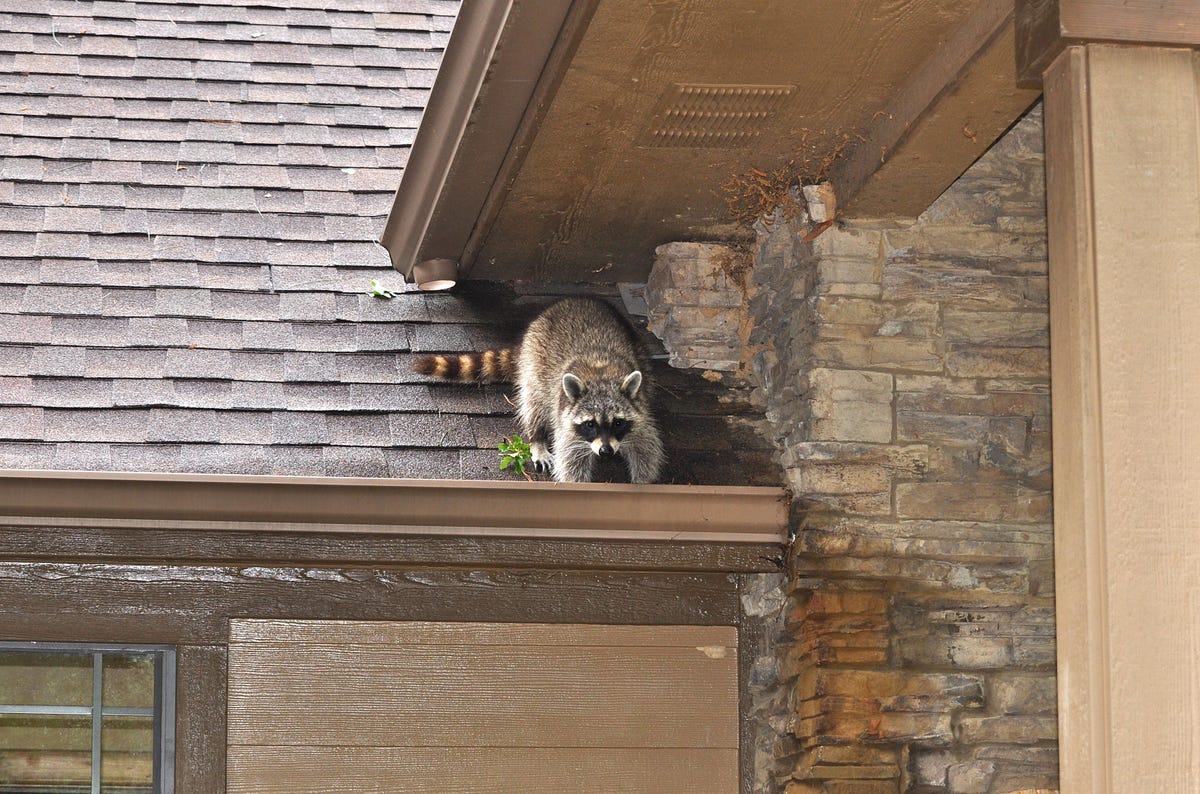
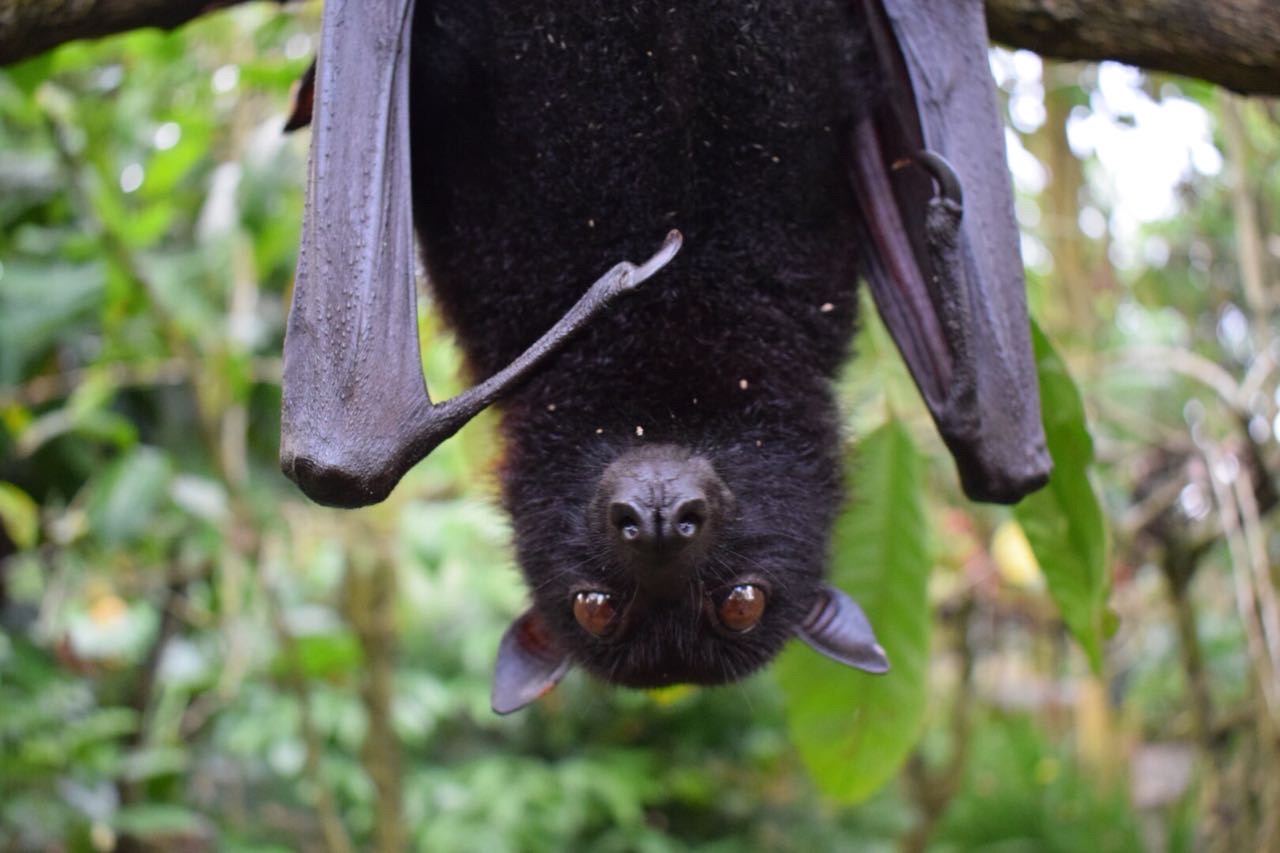
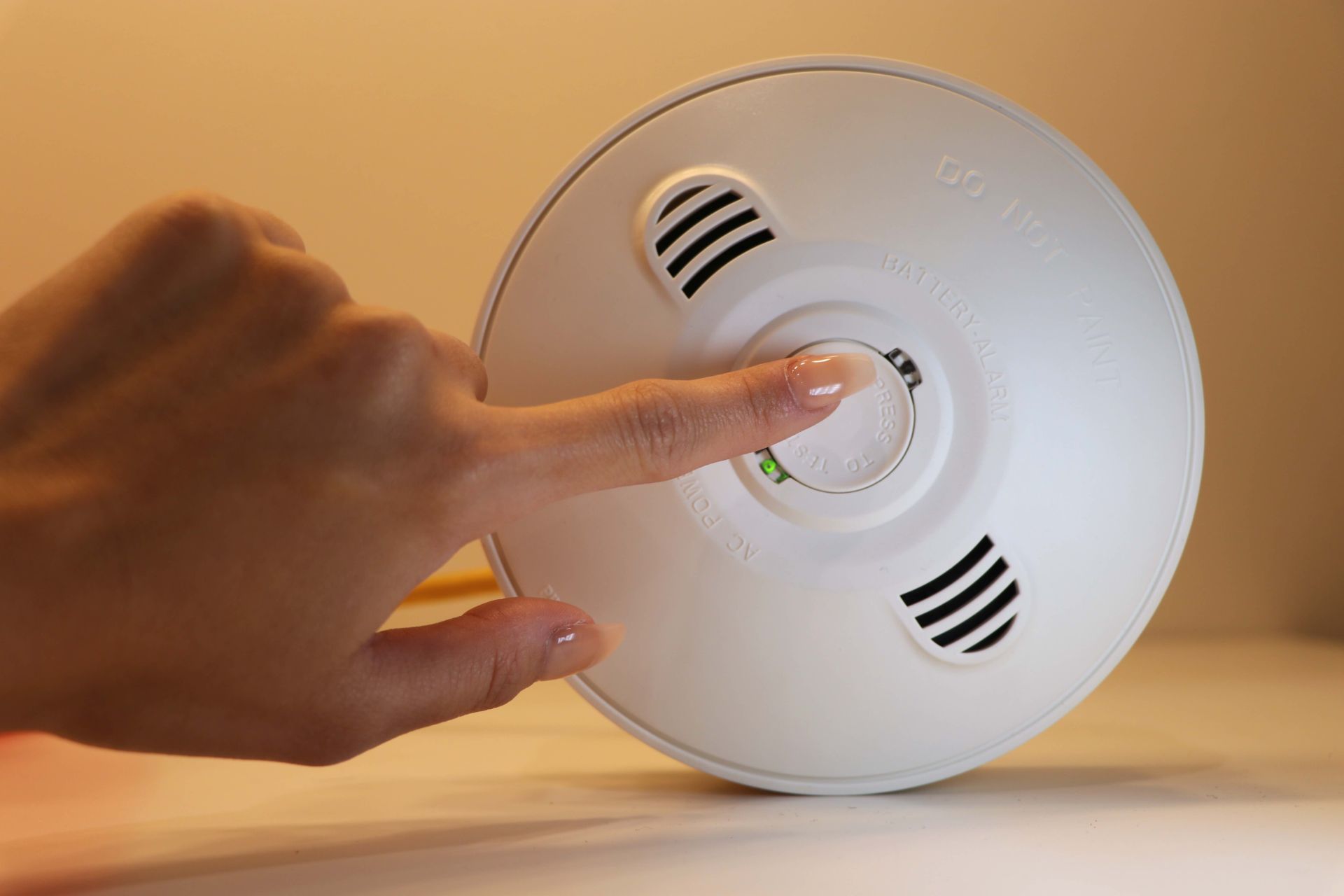

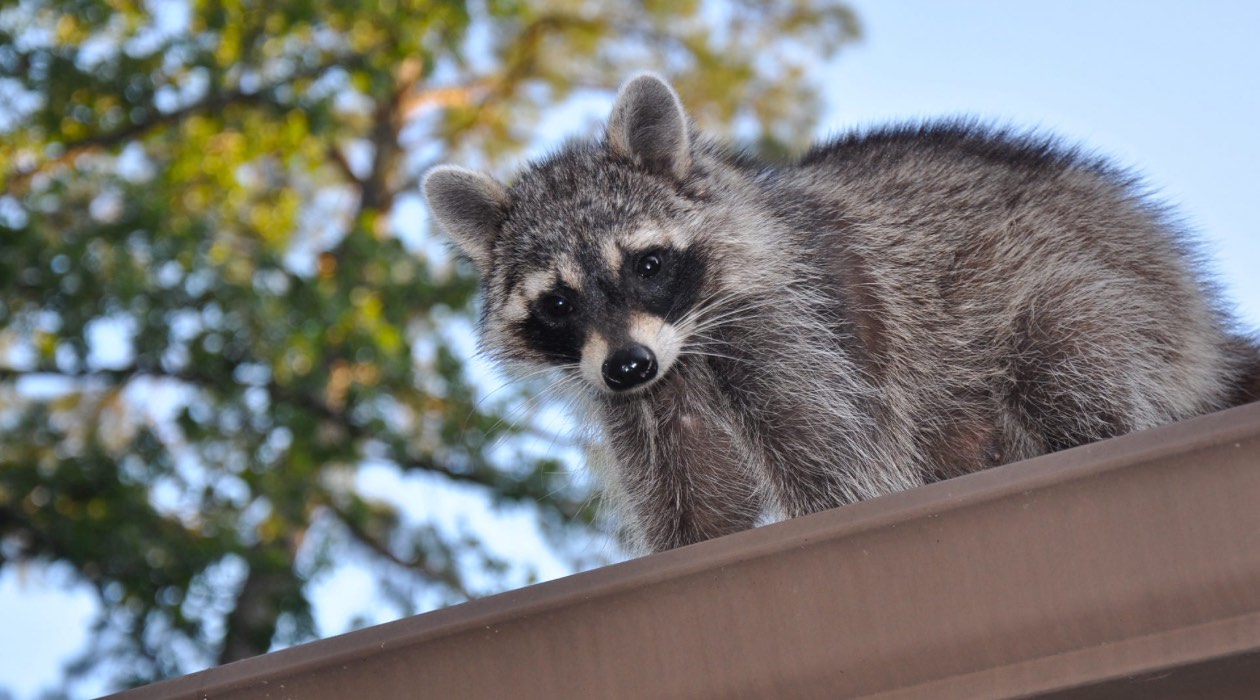
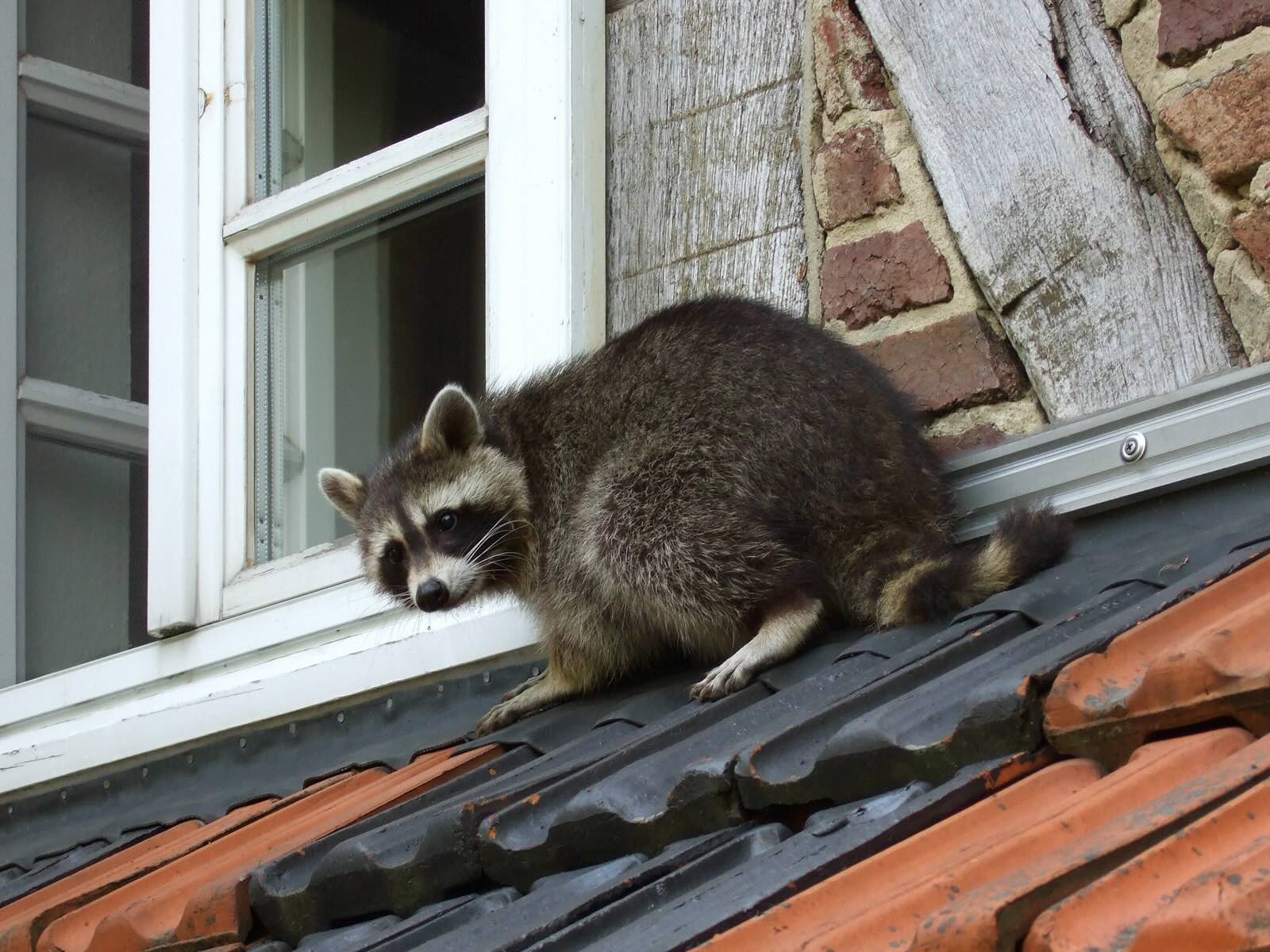

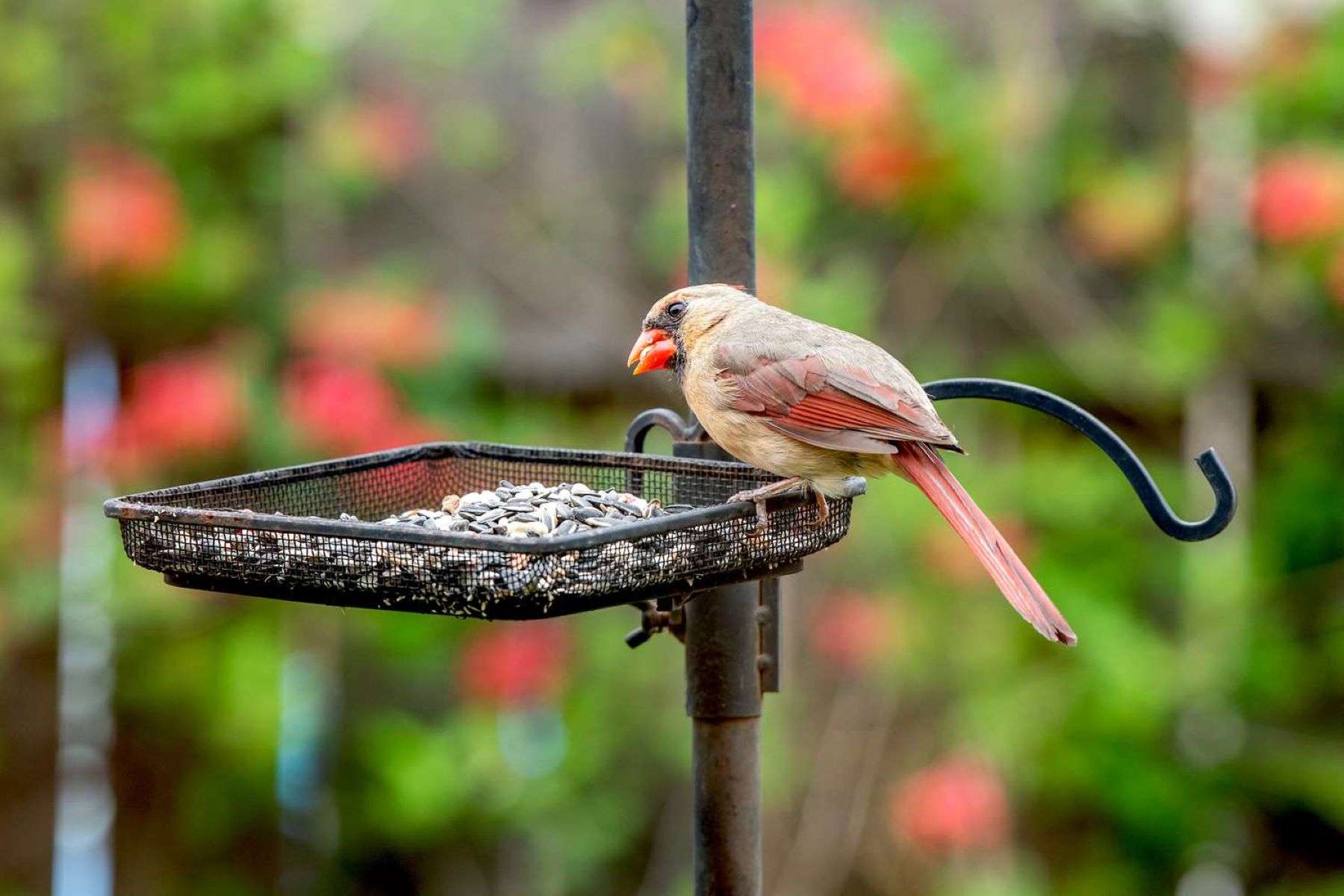

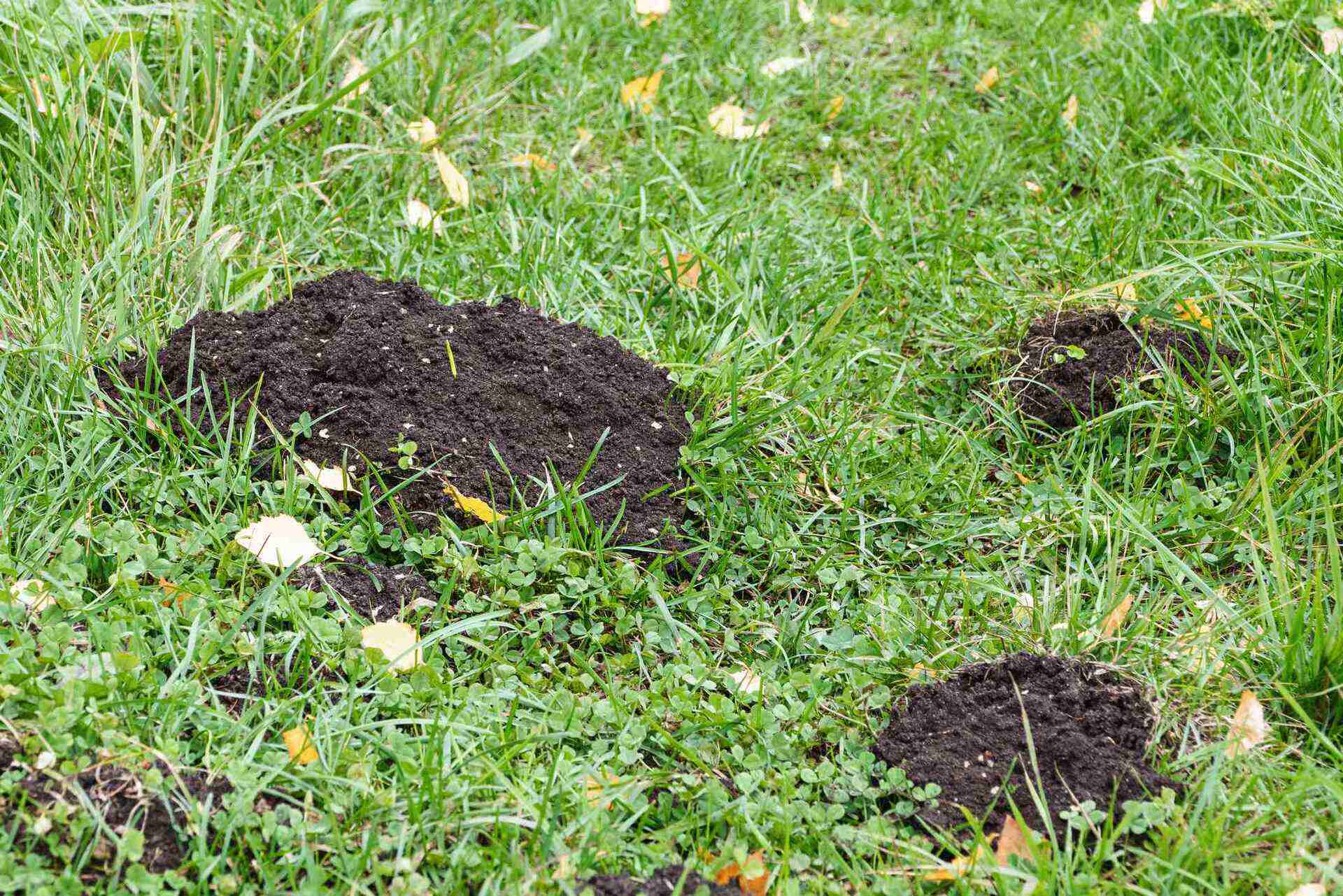
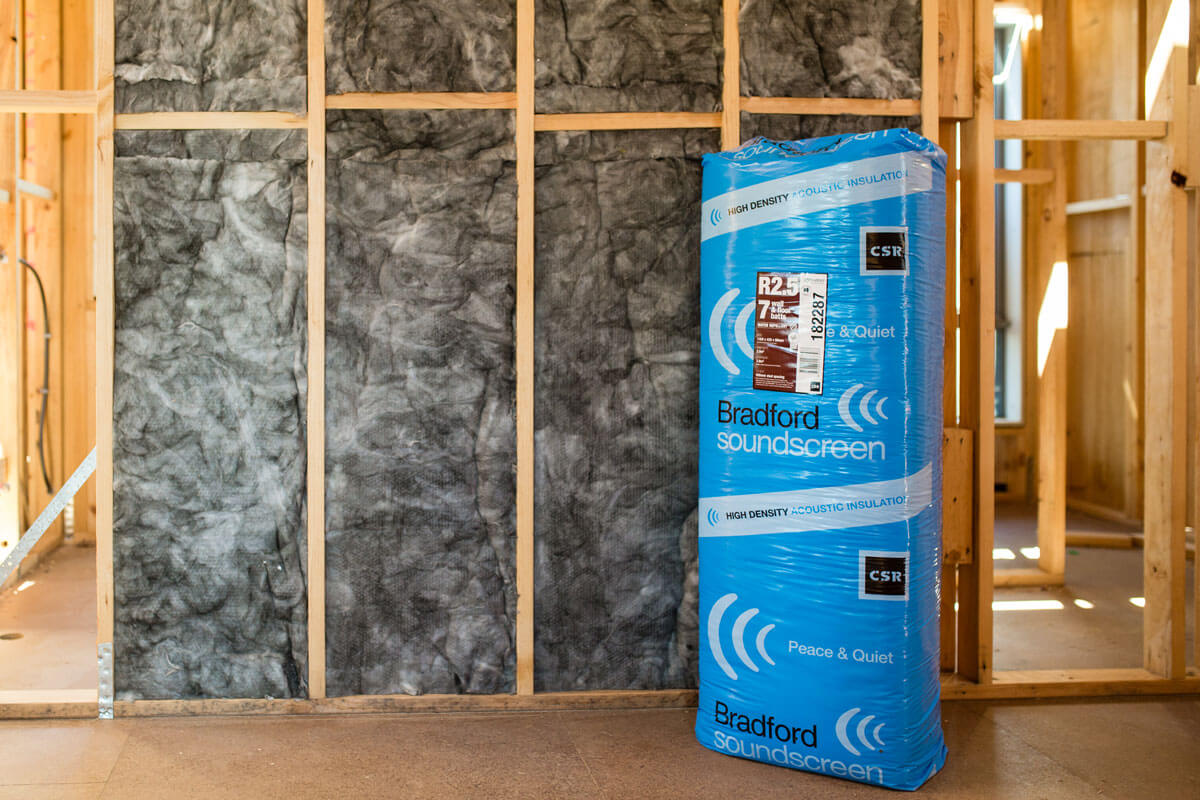
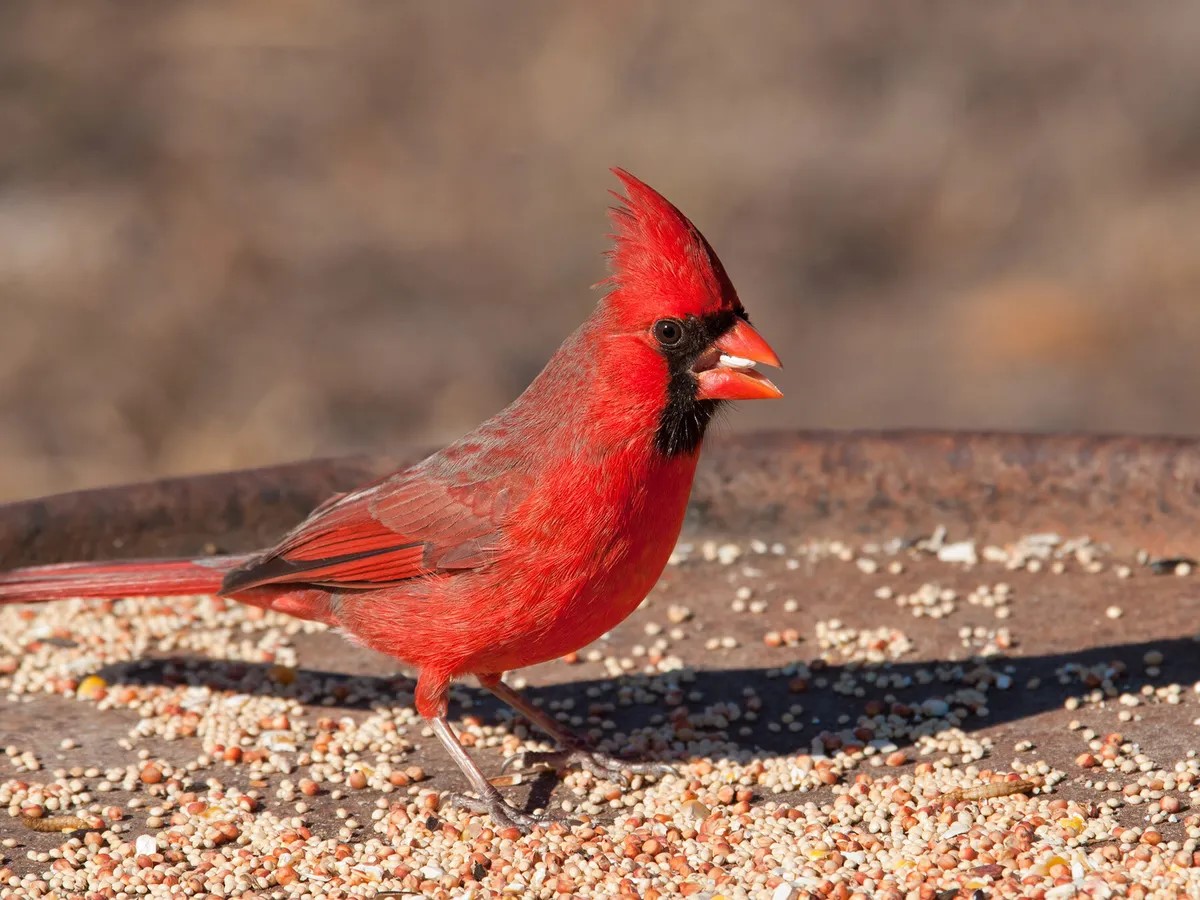
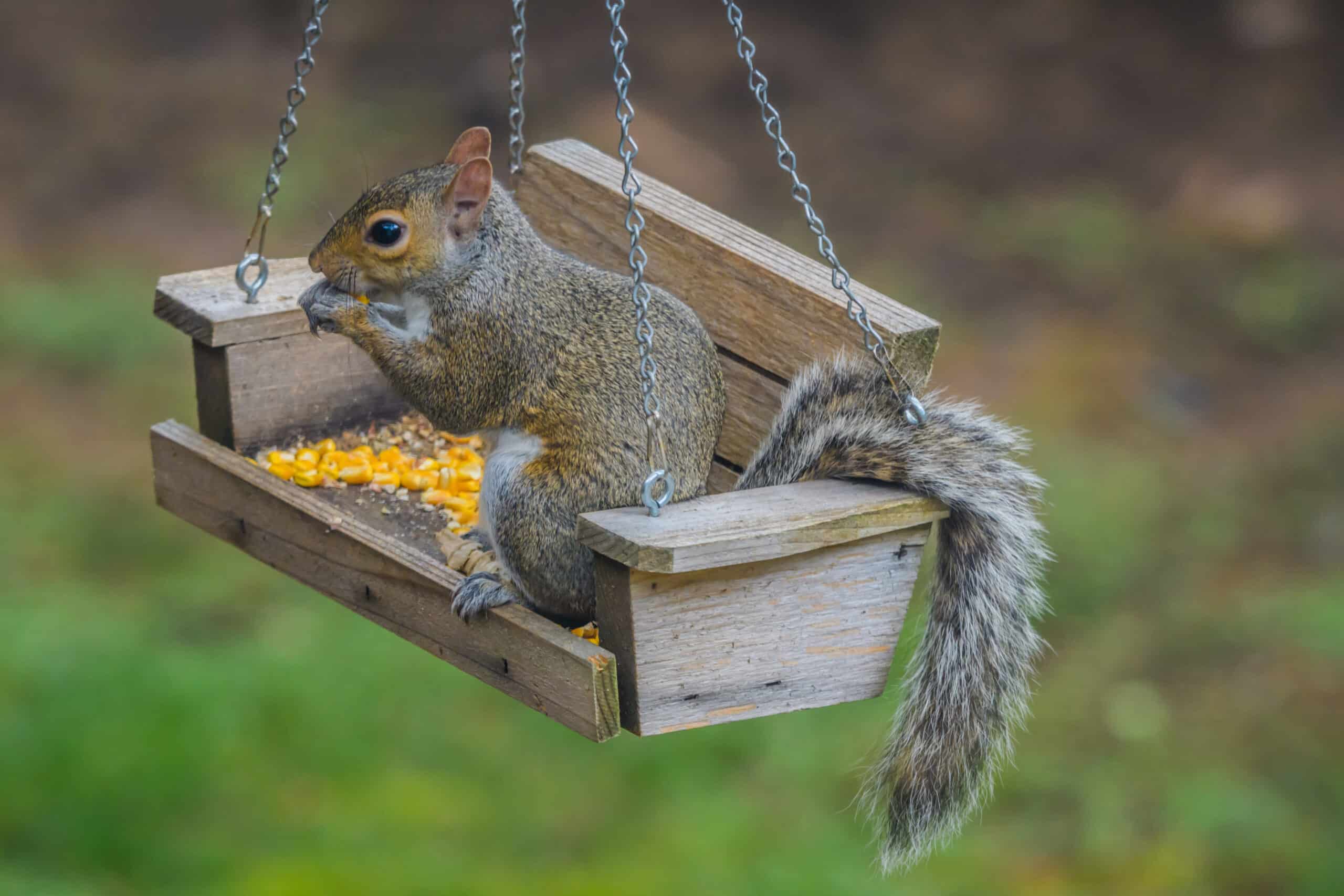
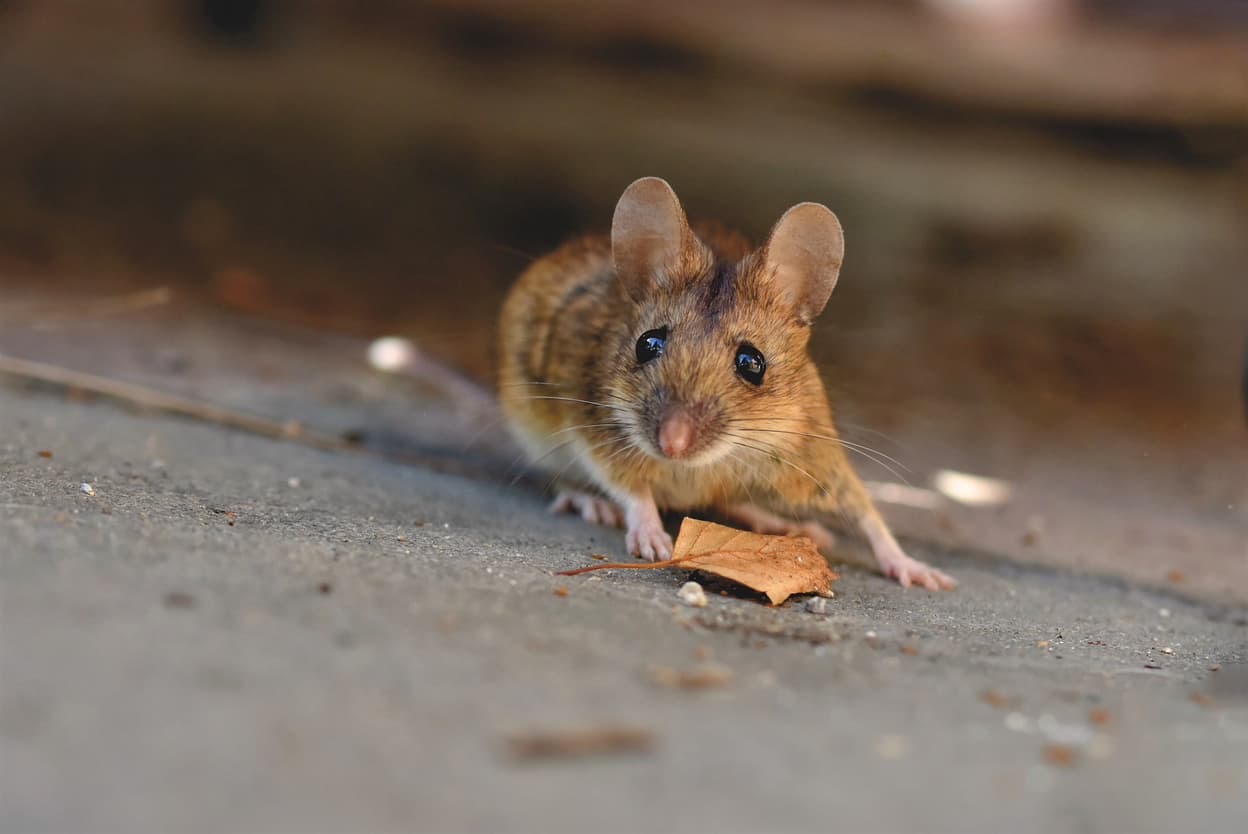

0 thoughts on “What Do Raccoons Sound Like In The Attic”